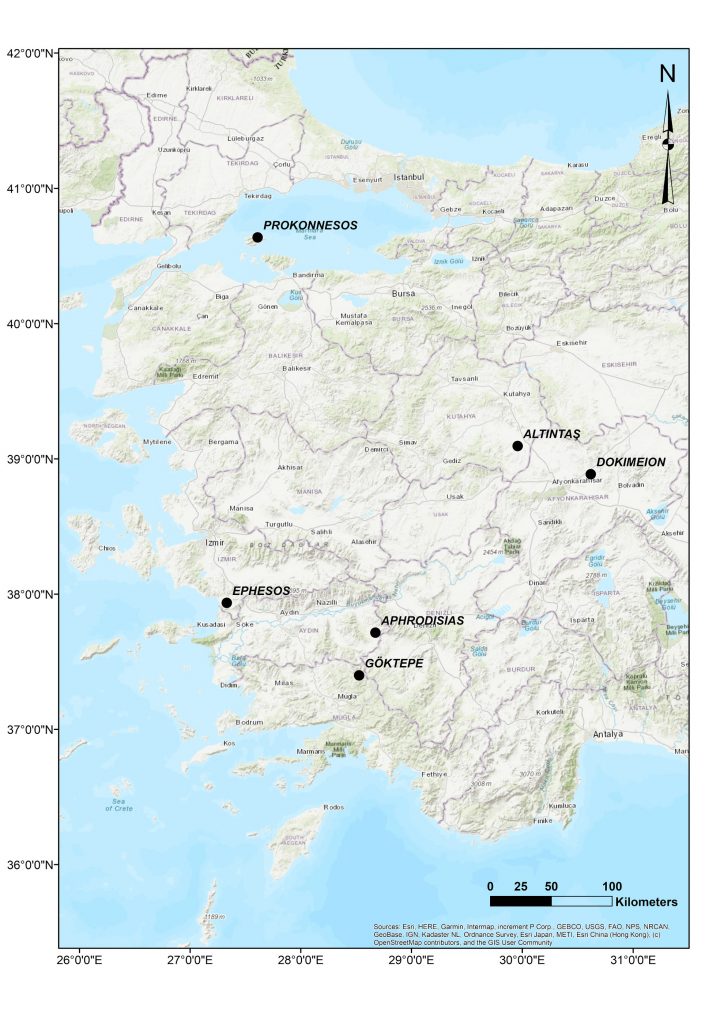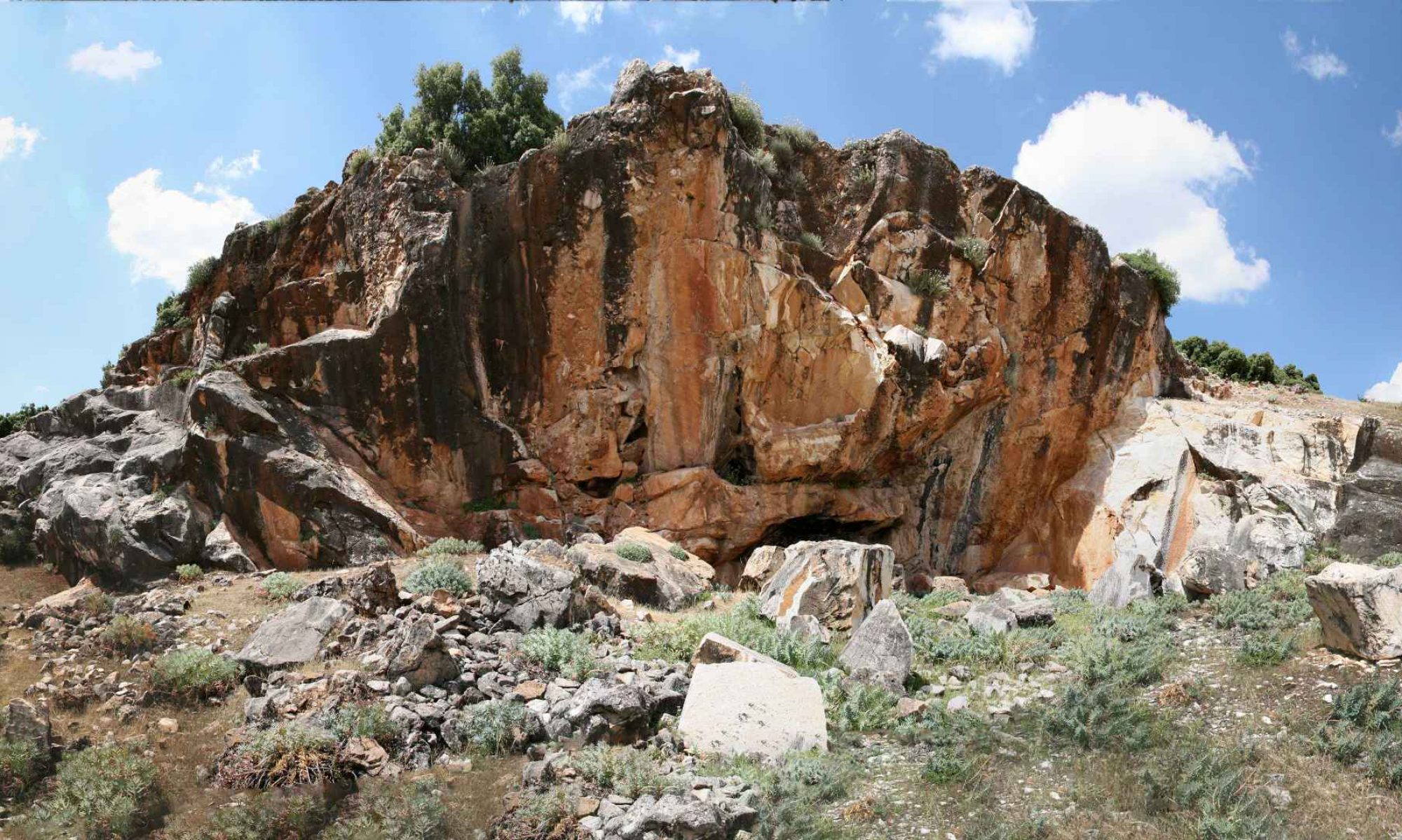The cornerstone in Polish ‘marble studies’ was the pioneering work by Angelina Dworakowska, which resulting in many important publications, such as ‘Starożytne kamieniołomy wysp małoazjatyckich od Lesbos do Ikarii. Materiały do inwentaryzacji (in Polish with French résumé: Carrières antiques des îles d’Asie Mineur, depuis Lesbos jusqu’à Icarie)’, ArcheologiaWarsz 28 (1977), 97–116; Quarries in ancient Greece. Wrocław 1975; Quarries of Roman provinces. Warszawa: Academia Scientiarum Polona 1983. Marmora Asiatica extends her historical studies into a new, large-scale scientific study, combining Classical studies and archaeology with the most up-to-date methods in archaeometry. The project also builds on another important study of the marble quarries of Asia Minor initiated by Dario Monna and Patrizio Pensabene, published in 1977 (Marmi dell’Asia Minore, Rome).
Our project is an international collaboration between classical archaeologists, geologists, and material scientists from Poland, Turkey, Italy, and the United States. The team has carried out four seasons of archaeological and geological field reconnaissance in the most important ancient quarries of Asia Minor. These quarries supplied white, grey/black, and white-purple marbles (breccias). In 2014, an archaeological field survey was carried out in the quarries of Isçehisar or ancient Dokimeion (Afyonkarahisar province) as well as at Göktepe (Muğla province); 2015 focused on the quarries of Altıntaş (Kütahya province) and of the Greco-Roman city of Aphrodisias (Aydın province). In 2016, the quarries of Marmara Island or ancient Prokonnesos (Balıkesir province) were investigated, and in 2017 the project focused on the quarries in the ancient territory of Ephesus (İzmir province).
Marmora Asiatica has documented and investigated over 300 ancient quarries or extraction sites, among which more than forty are newly discovered quarries. This demonstrates the importance of extensive geoarchaeological survey as a method for locating new quarries exploited in antiquity and make clear that other marble sources still remain undiscovered.
The project brought into clearer focus the scale and nature of the marble quarrying industry in Asia Minor and the exportation of Asia Minor marble sources across the Roman Empire.

